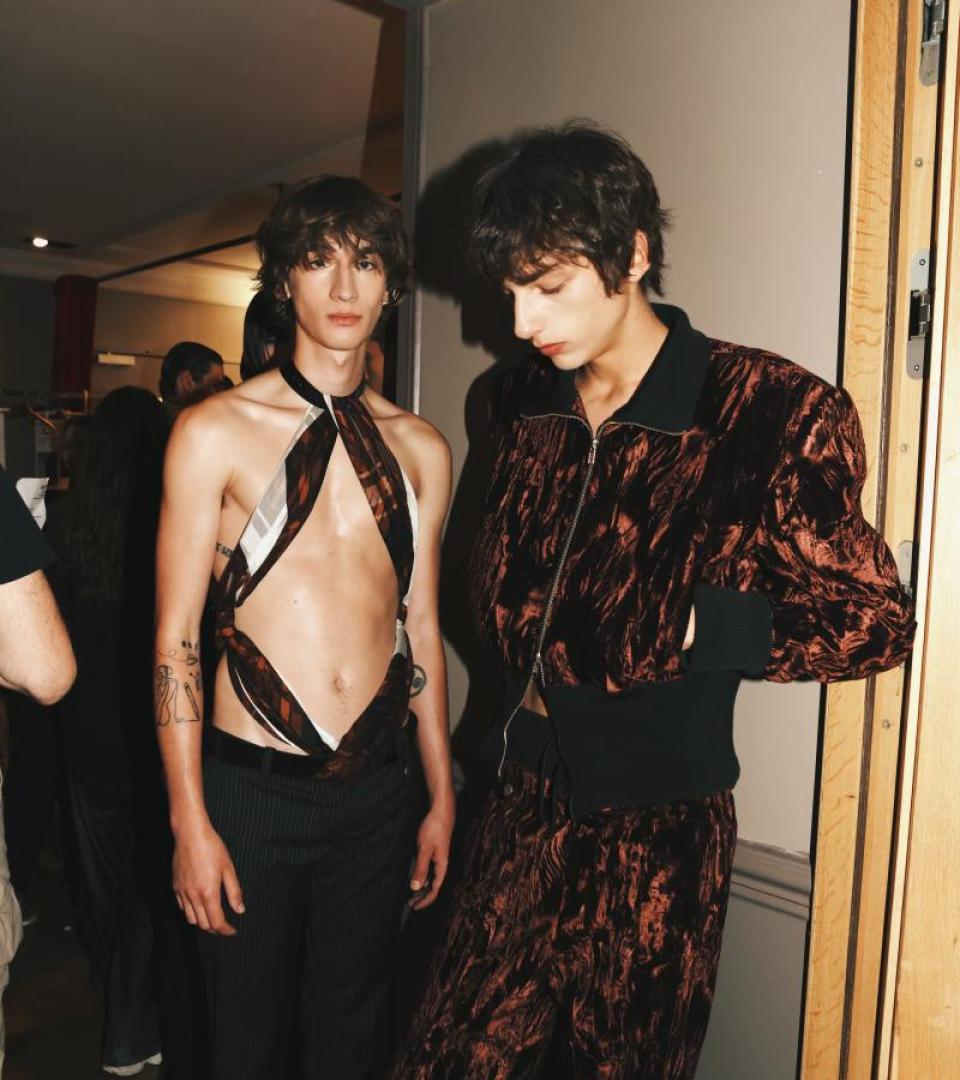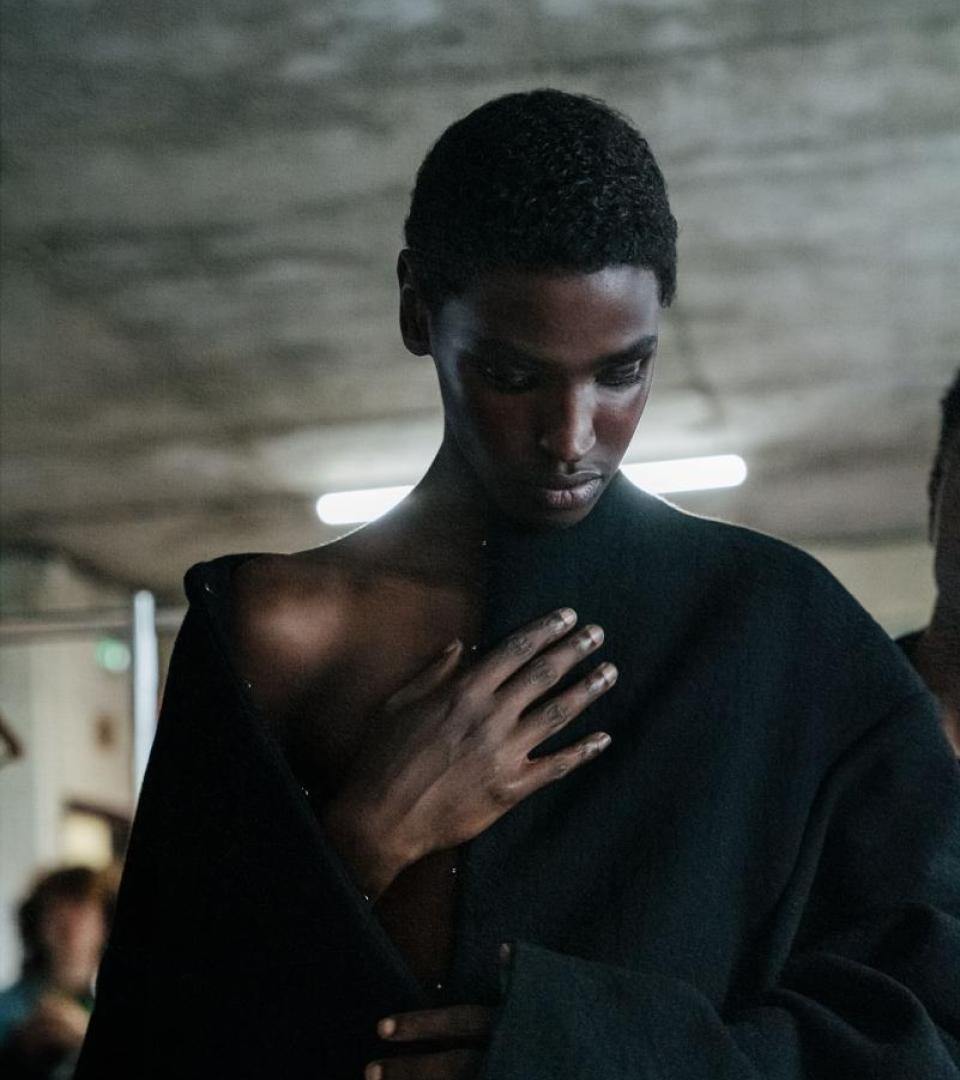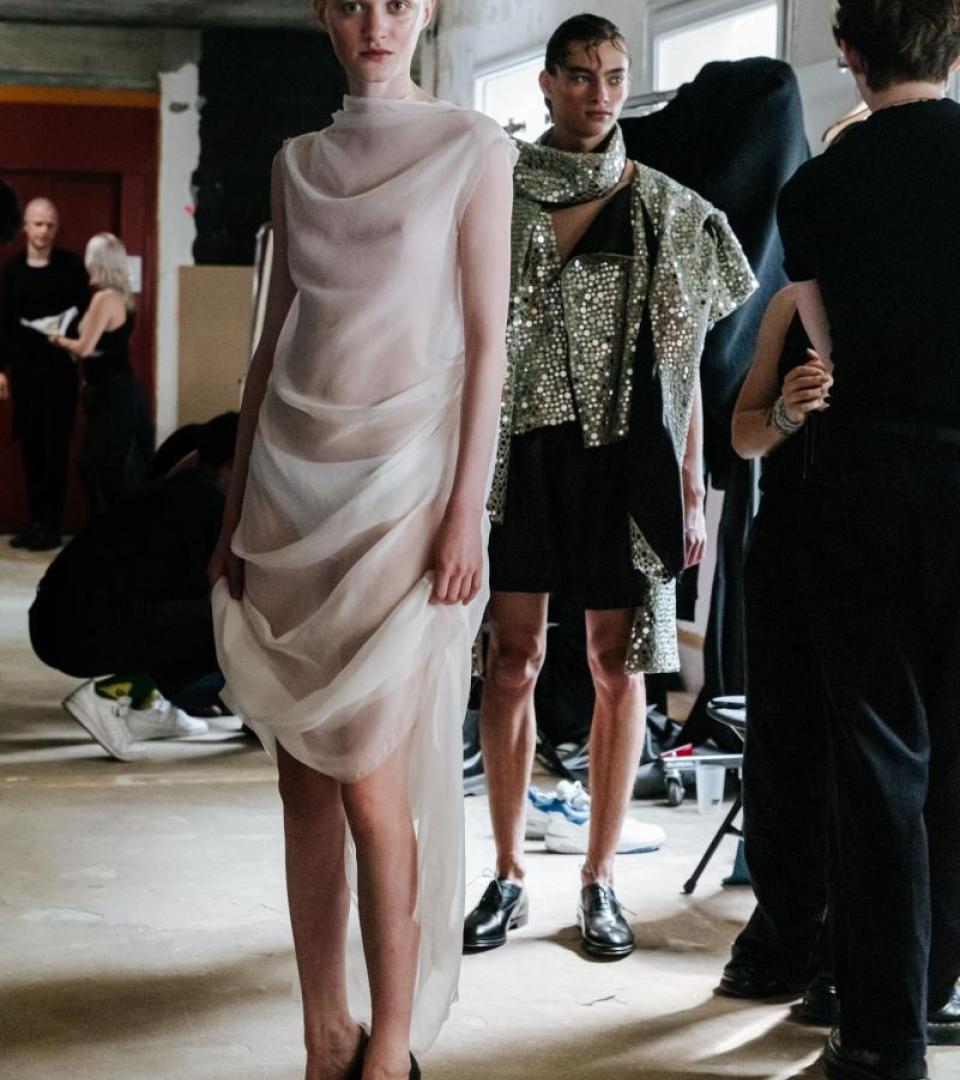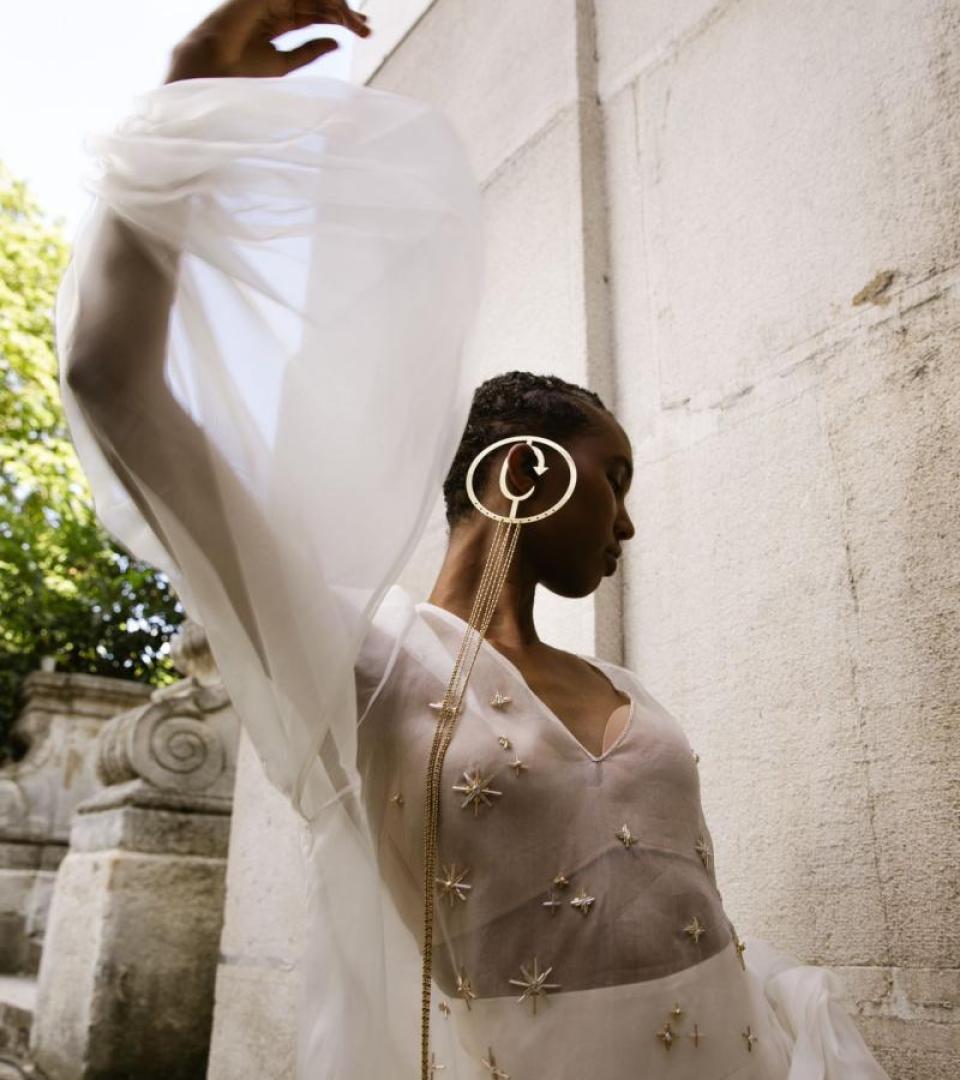A take on fashion
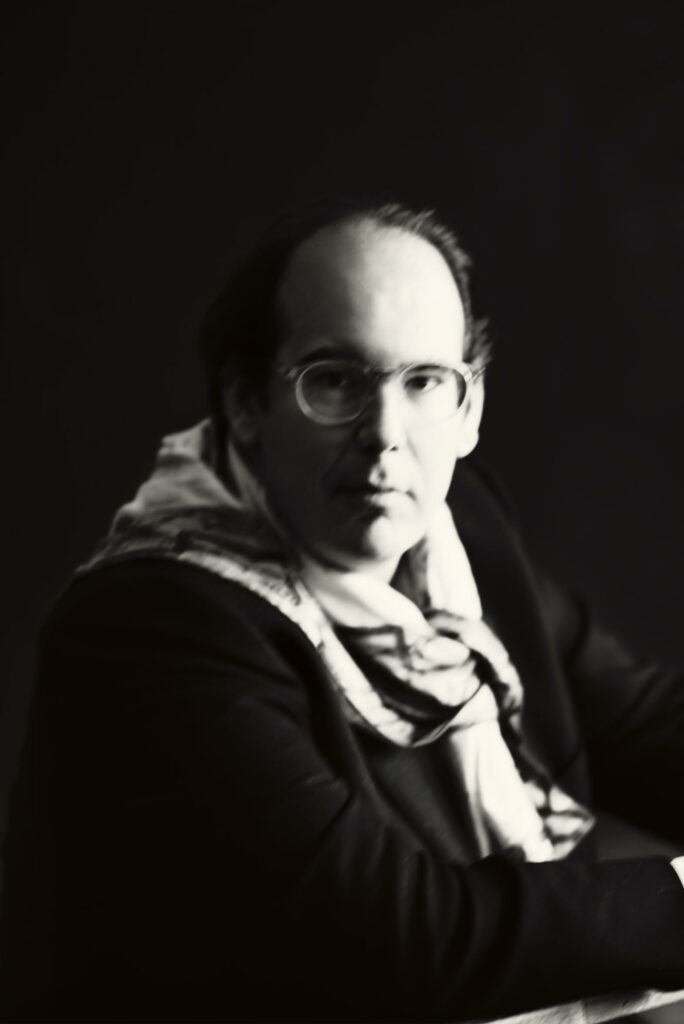
Donatien Grau is a scholar, writer, editor and museum executive. A close collaborator and friend to Azzedine Alaïa, he realized the late couturier’s manifesto Taking Time (English edition with Rizzoli, French edition with Actes Sud, 2020) and recently published a memoir of his time with Alaïa, La Vie Alaïa (Actes Sud, 2020).
How does the current crisis impact the relationship to clothing and fashion?
Well, it reminds us that Azzedine Alaïa had been right all along: overproduction is bad for the economy and bad for creativity. It reminds us that we are all connected and disconnected, and that clothing does not exist in the open air, that it was and perhaps should be grounded. There was be a bubble phenomenon, and sometimes bubbles burst. Or they don’t.
How does/can fashion play its individual expression and liberation role in our changing societies?
Fashion is a form of belonging; you follow a fashion, you create a fashion others will want to follow. Fashion had played a major role in creating communities, and therefore played a major role in history. The obvious example is Punk, but we can find many examples across history, such as the Incroyables and the Merveilleuses at the time of the Directoire. Fashion is not about individual liberation, it is about individual liberation through existing together as a community. However, it is couture that has the greatest potential of liberating the individual: not necessarily Haute Couture, but Couture, the fact of having a piece of clothing made for you, which still is the case across the world. You can say that is why Azzedine Alaïa’s work is so important: more than anyone before him ever, he bridged the gap between couture and ready to wear, creating clothes both to belong and to be oneself, without any contradiction.
Can you mention a piece of clothing, a collection, or an image that would embody fashion special role in 2020 for you?
I would say Duro Olowu’s extraordinary pictures from Seeing Chicago, his landmark exhibition at the MCA, which highlighted forms of clothing culture of outstanding creativity. The book he did with Naomi Beckwith is incredible. I would also say a design of the Kolkata based couturier Sabyasachi Mukherjee: everything he does is so perfectly crafted, and impeccably bridges the gap between the colors of India and that of the world. We now have to be aware that extraordinary clothes are not just to be found in Paris, Milan, London, or New York. Quite the opposite. This is the future.
